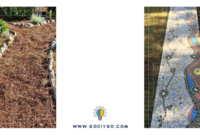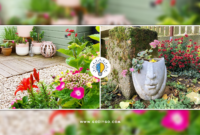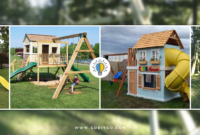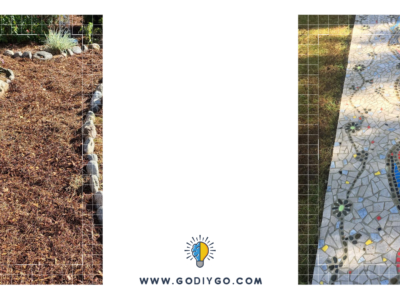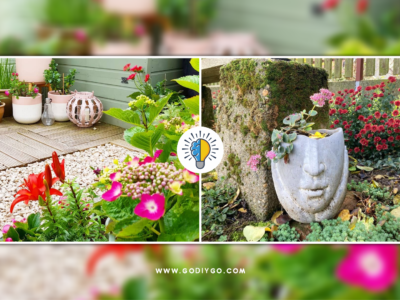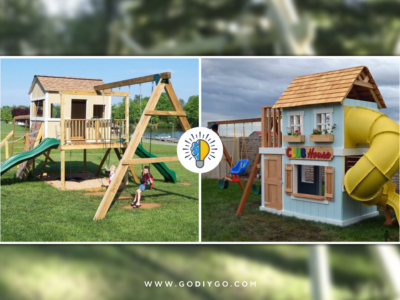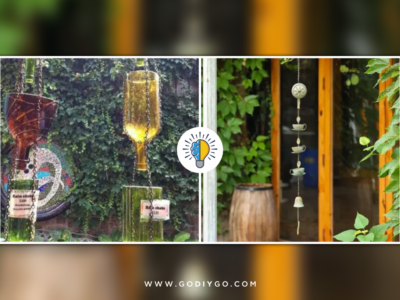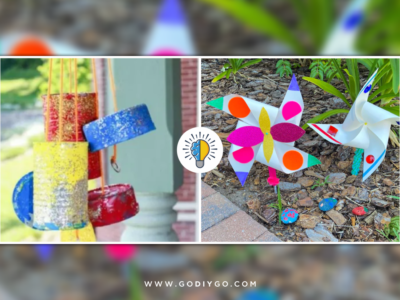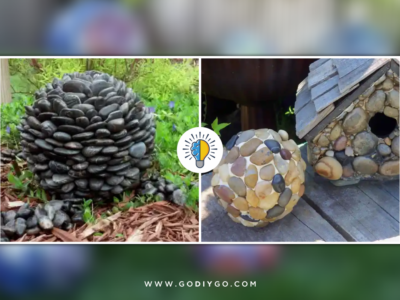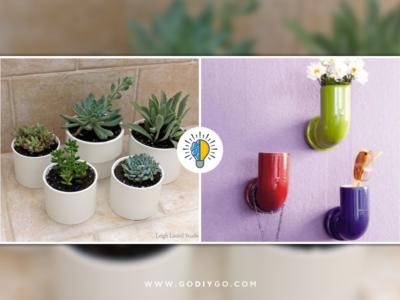
What is repotting?
Before getting into the details of when a plant needs to be repotted, what does “repotting” actually mean? It is simply shifting a plant from one pot (or container) to the other.
When should you repot?
This is an important question for newbies starting because arbitrary repotting done the wrong way could hurt your plants, even killing them.
As a rule of thumb, younger plants should be repotted every 6-12 months, while older ones could stay in their container for a couple of years. That said, there is no hard and fast rule.

Here are a few instances when you could consider repotting:
A change in garden aesthetics
To change the appearance of your garden for aesthetic purposes, you could opt for colorful ceramic pots or the good ol’ clay ones for a timeless look. Hanging baskets for plants can lift the energy in living spaces whether in living rooms or the patio.
Rootbound plants that slip out of drainage holes
A classic telltale sign if a plant has become rootbound (or potbound) is if the roots seem to be sticking out of the drainage holes. Contrary to popular opinion, a clump of densely overgrown roots isn’t a sign that the plant is healthy and in full bloom. These tightly packed roots can in fact choke the plant, and you’ll need to repot to a larger container.
Identifying rootbound plants at the nursery
At times, even plants at the nursery could be rootbound having spent years in the same pot. Again, a quick peek at the drainage holes for overgrown roots is in order. Even better is to gently remove the plant to check if the rootball is a tightly clumped knot. If yes, do not buy this plant since even planting it into garden soil won’t help the rootball break free and expand further.
If you do decide to purchase the plant anyway, resist repotting it as soon as you get home. Let the plant stay for a few days in its original container so that it can adapt to your home’s humidity, temperature, and shade.
The plant is now bursting out of its pot
At times, even rootbound plants that have morphed into a tight swirling white mass will still need space to expand further. When this happens, you’ll notice your plant now spilling out of the pot. It’s time to shift to a new container that isn’t larger than the old one by more than two inches in diameter.
The plant is top-heavy
If a plant doesn’t have enough space to expand its root structure, it could result in a top-heavy plant that cannot support its weight. This is one of the most visible signs that the plant-to-pot ratio is completely off.
Snake plants and even aloe are some good examples where a tiny pot might no more meet the needs of a burgeoning plant.
Frequent watering is required
If the soil in the pot appears to dry out quickly even after frequent watering, chances are the roots do not have enough space to expand freely. Also, plants that seem to droop instead of perking up after a refreshing sprinkle might be a sign that a repot is due.
Yellowing of leaves
If the leaves of an otherwise healthy plant suddenly show signs of yellowing, it could signify an insufficient amount of soil and subsequently fewer nutrients for the plant to sustain itself. Keep in mind though that excessive watering and exposure to light could also cause yellowing.
Leaves that fall off without good reason
Another cue to repot your plant is when a large number of leaves suddenly start to wilt and drop off. This could be happening because the roots are stifled for space leading to a breakdown in the supply of nutrients.
Water that seeps out of drainage holes
If you notice that right after watering the plant, water starts to leak through the drainage holes at the bottom, it is possible that the roots have no space to grow, and no place for the water to soak in.
Better quality soil
Even seasoned gardeners sometimes assume that repotting plants is only about shifting them to larger-sized containers. However, repotting could also mean simply replacing the soil (whilst retaining the pot) to ensure that the plant never runs out of nutritious soil. Pests, fungus gnats, bugs, flies, and insects that hover around the soil surface and leaves are another reason why old soil should be replaced.
Now that you’ve identified when a plant requires repotting, it is safe to go ahead with it and give that plant a new lease of life. For the uninitiated, here is a useful link on how to repot a plant to get you started.



